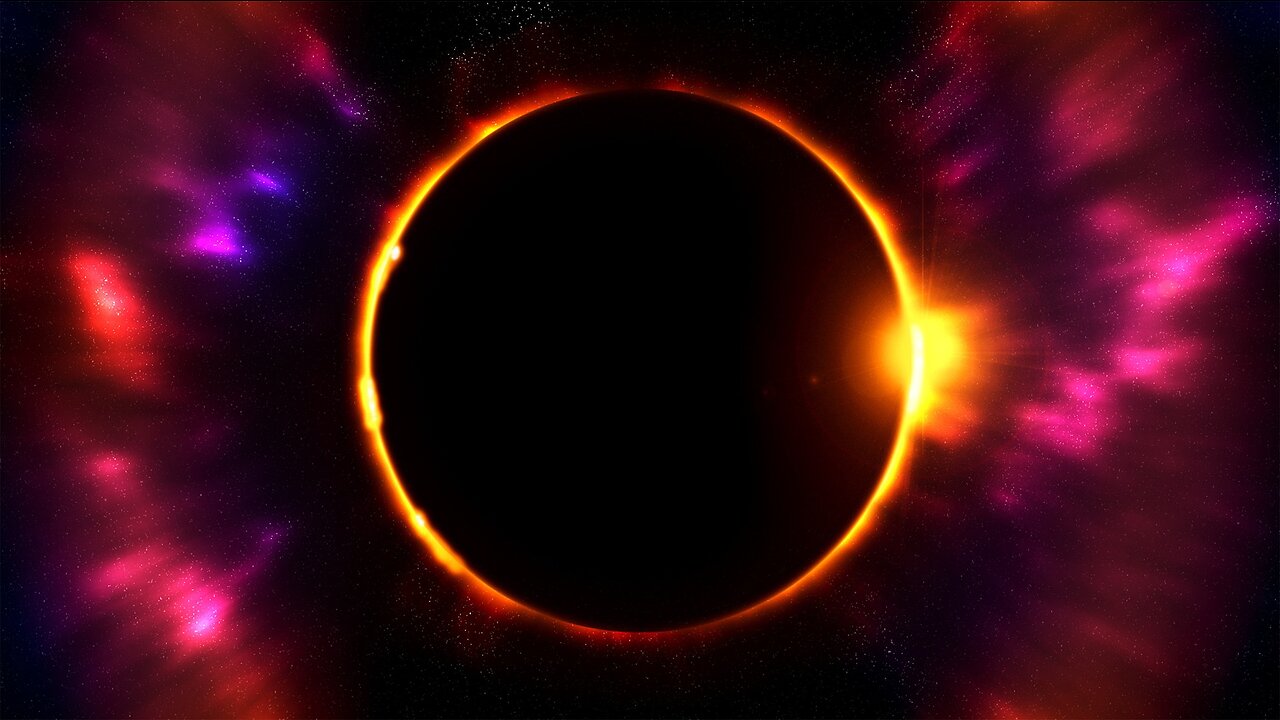Premium Only Content

Solar eclipse october 2022
Solar eclipses 2022: When, where & how to see themThe next solar eclipse will be a partial solar eclipse on Oct. 25, 2022, and will be visible from parts of Europe, western Asia and northeast Africa. The next totality will take place on April 8, 2023, during a hybrid solar eclipse. These rare eclipses are a combination of an annular eclipse and a total solar eclipse. "During the event, a "ring of fire" will be visible for a few seconds in the Indian and Pacific oceans, with totality in Exmouth, Western Australia (up to 1 minute), Timor Leste (1 minute 14 seconds) and West Papua (1 minute 9 seconds)." "The next total solar eclipse will be the "Great North American Eclipse" on Apr. 8, 2024, with the path of totality crossing Mexico, the U.S. and Canada." Carter continued.There are four types of solar eclipses depending on how the sun, moon and Earth are aligned at the time of the event. A solar eclipse always occurs about two weeks before or after a lunar eclipse. Total solar eclipse: The sun is fully obscured by the moon. Partial solar eclipse: The moon doesn't fully block the sun so only a portion of the sun is obscured. Here the moon appears to take a "bite" out of the sun. Annular solar eclipse: The moon is centered in front of the sun but doesn't cover the entirety of the surface (as seen in a total solar eclipse). A "ring of fire" shines around the moon. Hybrid solar eclipse: The rarest solar eclipse is a combination of a total and annular eclipse (sometimes known as an A-T eclipse) and is produced when the moon's shadow moves across Earth, it starts as one type of eclipse and transitions to another. The second partial solar eclipse of the year will occur on Oct. 25 and should be visible from Europe, western Asia and northeast Africa. From near sunrise in Iceland to near sunset in western India, the partial solar eclipse will be widely seen. Those wishing to see the moon take the biggest "bite" out of the sun's disk will have to venture some 1,500 miles (2,400 kilometers) to the east-northeast of Moscow in the West Siberian Plain where 82% of the sun's area will be covered, according to Sky and Telescope (opens in new tab). Nevertheless, there are still plenty of good partial solar eclipse viewing opportunities across Europe, the Middle East, western Asia and northeast Africa.If you are unable to watch the event in person we have a guide on how you can watch the partial solar eclipse online via various free livestreams. The first location to see the partial solar eclipse begin is at 3.58 a.m. EST (08:58 UTC), the greatest point of total solar eclipse occurs at 6 a.m. EST (11:00 UTC) and it will end at 8:02 a.m. EST (13:02 UTC) at the last location to see the partial eclipse according to timeanddate (opens in new tab).Below is a timetable for the partial solar eclipse on Oct. 25 (all times local), featuring data from timeanddate.
After Oct. 25, 2022, we will not experience another solar eclipse until a rare hybrid solar eclipse on Apr. 20, 2023. Portions of the eclipse will be visible in SE Asia, E Indies, Australia, the Philippines and New Zealand while the hybrid eclipse will be visible in Indonesia, Australia, and Papua New Guinea. To find out where and when the portions of the hybrid eclipse are visible check out this interactive Google map (opens in new tab) made by Xavier M. Jubier. The next total solar eclipse will occur on Apr. 8, 2024, and has been dubbed "The Great North American Eclipse" as it will be visible throughout North and Central America. It will start in Mexico, cross into Texas then heads northeast into the Ohio River Valley, upstate New York, Quebec, Canada and New England, finally exiting the continent through the Canadian Maritimes. The maximum duration of totality will last as long as 4 minutes and 26 seconds (over southwest Texas). That's 135 seconds longer than the US average and 40 percent longer than the maximum duration of the 2017 eclipse. The "Great North American Eclipse" isn't the only solar eclipse to look forward to, here is a list of upcoming solar eclipses according to NASA Solar eclipse indonesia
solar eclipse malaysia
solar eclipse argentina
solar eclipse chile
solar eclipse brazil
solar eclipse france
solar eclipse spain
solar eclipse asia
solar eclipse africa
solar eclipse america
solar eclipse europe
solar eclipse ireland
solar eclipse scotland
solar eclipse colombia
solar eclipse turkey
solar eclipse nigeria
solar eclipse belgium
solar eclipse finland
solar eclipse norway
solar eclipse iran
solar eclipse azerbaijan
solar eclipse poland
solar eclipse germany
solar eclipse uk
solar eclipse england
solar eclipse venezuela
solar eclipse mexico
solar eclipse US
solar eclipse USA
solar eclipse Alaska
solar eclipse triniad tobago
solar eclipse philippines
solar eclipse japan
solar eclipse croatia
solar eclipse serbia
solar eclipse slovenia
solar eclipse hungary
solar eclipse andorra
solar eclipse paraguay
solar eclipse italy
-
 22:53
22:53
Bearing
2 hours agoABSOLUTE KAREN ANNIHILATION!! 💥 Kaceytron VS Ethan Klein (Lex Jewthor) 💀
5091 -
 13:21
13:21
Upper Echelon Gamers
9 hours agoPrediction Markets - Beating the Experts
2441 -
 1:07:36
1:07:36
Chad Prather
19 hours agoThe Power You Cannot Buy: Motives, Power, and the Making of a True Disciple
59.8K19 -
 LIVE
LIVE
LFA TV
12 hours agoLIVE & BREAKING NEWS! | THURSDAY 12/04/25
2,853 watching -
 LIVE
LIVE
The Chris Salcedo Show
12 hours ago $3.54 earnedDispelling Narrative Over Facts On Racism
583 watching -
 16:09
16:09
T-SPLY
18 hours agoFederal Agents Arrest Non Citizen Police Officer — Department Hires Him BACK!
40.7K41 -
 12:55
12:55
World2Briggs
20 hours ago $4.66 earnedTop 10 States With The Worst Weather | Natural Disasters
24.4K -
 21:52
21:52
The King of Camo
21 hours agoGOALS 2026 Range Day
20.6K2 -
 48:22
48:22
A Cigar Hustlers Podcast Every Day
1 day agoEpisode 421 Cigar Hustlers Podcast Every Week Day Rage Bait
24.6K3 -
 2:05:49
2:05:49
BEK TV
1 day agoTrent Loos in the Morning - 12/04/2025
20K2